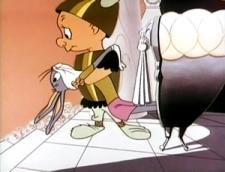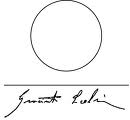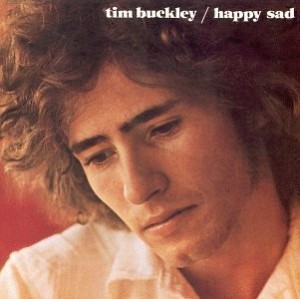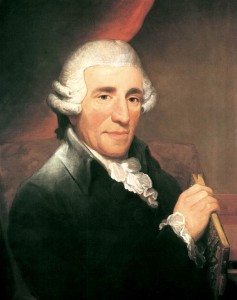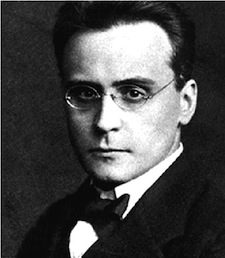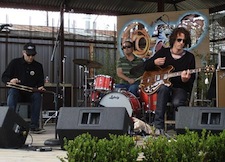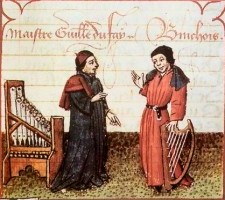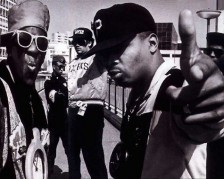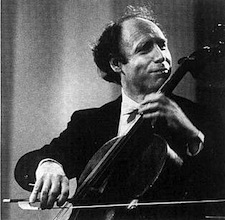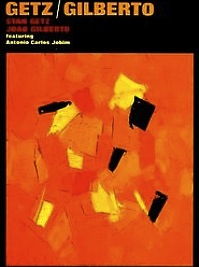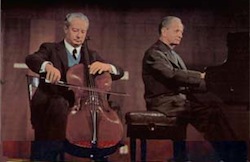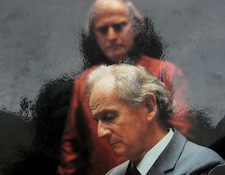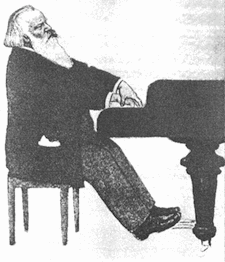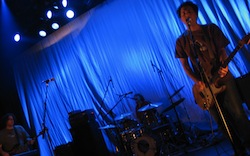How did you first hear opera? If you are like just about anyone in my generation that would actually admit to listening to opera, my guess is ‘What’s Opera Doc’ or ‘Rabbit of Seville’ is somewhere in your personal viewing history. And I would also assume this is the case for people in my parent’s generation as well. Here’s a test, throw on ‘Ride of the Valkyries’ and see if ‘KILL THE WABBIT!’ gets stuck in your head.
And of course I am passing this fine introduction to opera on to my girls. Mira asks to ‘see bunny!’ and Celia has had a couple years now of occasional Bugs Bunny / Elmer Fudd opera viewings. So when I guided Mira’s box-set grabbing hands towards Rossini today, and she just HAPPENED to grab ‘Barber of Seville’, and then I just happened to put on the overture, I could tell both girls recognized it. They laughed and giggled. As well they should. Rossini is funny. And when Celia is sad at the end of ‘What’s Opera Doc?’, well, she should be, because Wagner’s ‘Ring’ is a tragedy.
Probably my favorite part of the old Looney Tunes and other cartoons that use just about any form of classical music (whether it is opera, or Liszt or Schroeder playing Beethoven) is that in those older cartoons, they are actually performances – recordings of real people playing the music, and often quite well. And, they find ways to make the music humorous (and if you can hear the humor, that also shows you know your music). Humor in music is hard, and the visual cues in Bugs Bunny certainly help, but these are cartoons that can be appreciated. They aren’t childish adult voices singing ‘Twinkle Twinkle Little Star’ is a half yelling annoying voice like so many kids toys today. They aren’t synthesized. They are arranged by real arrangers, played by real musicians, and the cartoons often focus on the music and the virtuosity it takes to perform some of it. Of course Bugs Bunny needs his ears to help out with playing Liszt – anyone who has actually tried to perform his works knows that a few extra appendages wouldn’t hurt. I have heard a couple people say that being introduced to classical music in cartoons is actually bad for kids – it makes them think that the visuals are necessary, or that it has to be funny. I don’t really buy that though.
First of all, music, as something that is performed, is VERY visual. Not enough musicians realize how important appearance and performance are, but when you ask most people what the hard part about a computer music concert is, it is the fact that ‘there is nothing to look at’. And as far as opera goes, while I do love listening to opera, it is as much a visual art as it is a dramatic and musical one. And there are a number of performers who take advantage of the visual element. Paganini used to up light his performances to make his appearance more ‘devil-ish’. Liszt faced the piano so the audience could see his fingers. The Who smashed their guitars. Music is meant to be performed and experienced, and I think way to many people think this ISN’T the case because we can buy it on sound only recordings or listen to it on the radio.
Which brings up the other part of tonight’s additions… a set of twelve, two movement pieces for guitar and violin by Paganini. These are wonderful little pieces… sweet, melodic with occasional moments of violin virtuosity thrown in.



